The Broke Person's Guide To Healthy Eating
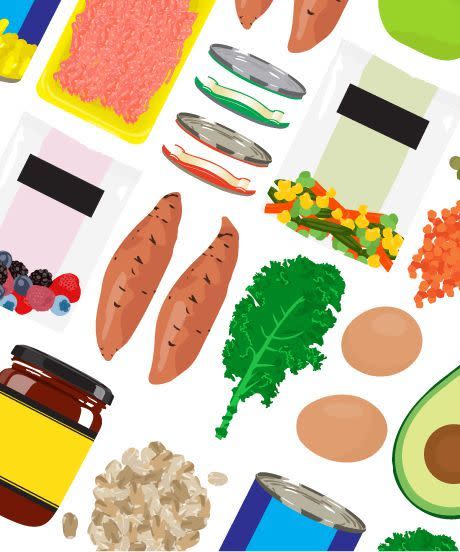
Illustration by Anna Sudit.
Yes, it’s true that health food can be staggeringly expensive — especially if it’s something trendy, like raw almonds or cold-pressed green juice. But, eating well and staying on a budget don’t have to be mutually exclusive. The secret is to plan ahead and choose staples you can cook with all week long. These foods — like canned beans, for example — aren’t necessarily flashy, but are still packed with nutrients. Scroll through for 14 affordable and healthy items you should always have on your grocery list. They’ll run you about $60 total, and you’ll use them to whip up countless good-for-you meals and snacks.
Related: The BEST Way to Get Rid of Acne Scars

Eggs
What they cost:
About $3-$7 per dozen, depending on whether you choose organic, cage-free, etc.
Why they’re healthy:
Ounce for ounce, an egg is one of the most nutritious foods you can eat. It contains all nine essential amino acids and is rich in iron, phosphorous, selenium, and vitamins A, B12, B2, and B5. One egg contains 113 mg of choline,
a nutrient that’s critical for healthy brain function
. Eggs also contain lutein and zeaxanthin, antioxidants that can
. Almost all of these nutrients are found in the yolk, so eat the whole egg!
Related: THIS Is What Female-Directed Porn Looks Like
How to cook with them: “I take eggs and oatmeal and make it into a porridge” to get more protein in at breakfast, says Jessica Crandall, RD and spokesperson for the Academy of Nutrition and Dietetics. It sounds unconventional, but all you have to do is crack one egg into your oatmeal and prepare as usual. Your oatmeal may seem a little fluffier because of the egg, but otherwise you won’t taste it.
Build a quick meal from this shopping list: Make a Southwestern omelet with salsa and diced avocado.

Canned Fish, Such As Tuna & Salmon
What it costs:
About $2-$5 for a can of tuna and about $4-$5 for a can of salmon.
Why it’s healthy
: Canned tuna and salmon are excellent sources of vitamins B6 and B12, magnesium, potassium, selenium, and anti-inflammatory omega 3 fatty acids. (So are other varieties of canned fish, like sardines and anchovies — but they can be more of an acquired taste.) And, salmon is one of the best food sources of vitamin D, a nutrient that’s crucial for our
,
and
. Canned fish is “a very portable option, and it also has good sources of omega-3 fatty acids,” says Crandall.
Related: Fake A Facelift With These Hair Cuts
How to cook with it: Don’t worry about removing the bones if there are any — unlike the bones in fresh fish, which can pose a choking hazard, these bones are softer as a result of the canning process. And, canned fish bones are a terrific source of dietary calcium. Make tuna or salmon burgers in a food processor: Combine the fish with a little olive oil or mayonnaise, breadcrumbs, and the seasonings of your choice, then pan-sear the patties until golden brown on both sides. For a quick, easy lunch, simply add the fish (right out of the can) to a salad with a little olive oil and lemon juice.
Build a quick meal from this shopping list: Make a kale and apple salad, top with canned fish, and dress with olive oil and lemon juice.
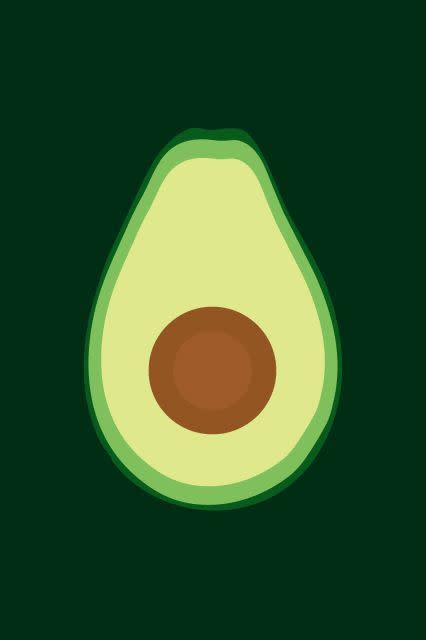
Avocados
What they cost:
About $.88-$2 each. Unless you live in Southern California, avocados can be a bit of a splurge.
Why they’re healthy
: Avocados contain healthy fat and protein, and they’re packed with lots of vitamins and minerals. In fact, they have more potassium than a banana, and high doses of vitamins C, E, K, B6, and folate.
Related: Fans Are NOT About Justin Bieber’s Dreads
How to cook with them: You can add avocado to just about anything, like sandwiches, eggs, dips, and even frosting or brownies. For an on-the-go snack, just grab an avocado and a pinch of sea salt — it’s essentially a mini meal all on its own.
Build a quick meal from this shopping list: Stir together canned tuna or salmon with garbanzo beans, a little olive oil, lemon juice, salt, and pepper and top with avocado for a different take on white bean salad.
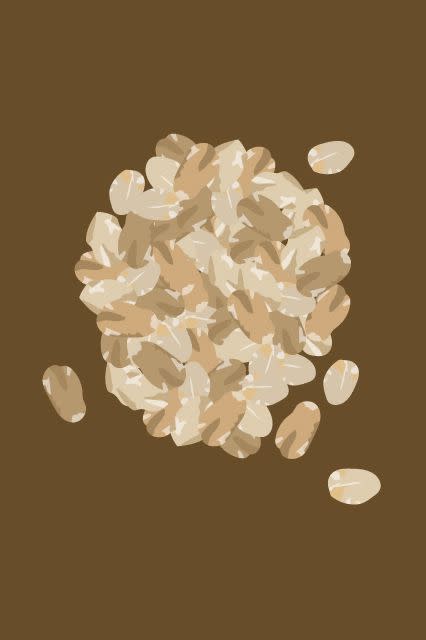
Oats
What they cost:
$2.69-$4.29 for a canister or bag (usually between 18-22 oz)
Why they’re healthy:
One of oats’ standout qualities is that they contain beta glucans, compounds that slow the rate at which carbohydrates are absorbed by the body. This helps keep your blood sugar levels steady and could be the reason why oats seem to keep people fuller longer than most other cereals. Just one half cup of oats contains a generous dose of folate, iron, magnesium, potassium, and zinc as well more than 100% of the recommended daily dose of manganese — a mineral necessary for strong bones and healthy skin.
Related: What Going Paleo Did To My Body
How to cook with them: You don’t have to eat oats Oliver Twist-style. You can blend them into smoothies, soak them overnight with berries, or combine them with your Greek yogurt. As far as rolled versus steel-cut verses quick, nutritionally they’re all about equal; the only difference is texture and cook time, so pick your preference.
Build a quick meal from this shopping list: Combine oats, Greek yogurt, and frozen berries in a blender for a high-protein, high-fiber, low-sugar smoothie that will keep you going all morning.

Greek Yogurt
What it costs:
About $1.25-$2 per small tub
Why it’s healthy:
Greek yogurt packs up to three times the protein of regular yogurt, and many brands also contain beneficial bacteria that aid digestion. Go ahead and buy the full-fat kind instead of fat-free — full-fat dairy has been linked to a
reduced risk of type 2 diabetes
and
a lower incidence of weight gain
, and it also
helps your body absorb nutrients better
.
Related: Glow International With These Asian Beauty Products
How to cook with it: Plain yogurt is perfect for savory dishes — it’s great in marinades, dressings, and dips, and you can also use it instead of heavy cream, mayonnaise, or sour cream. And, of course, it’s delicious for breakfast — including smoothies.
Build a quick meal from this shopping list: Make a protein-packed hummus by blending garbanzo beans with Greek yogurt, lemon juice, olive oil, garlic, salt, and pepper. Use as a sandwich spread or dip (try it paired with homemade kale chips).
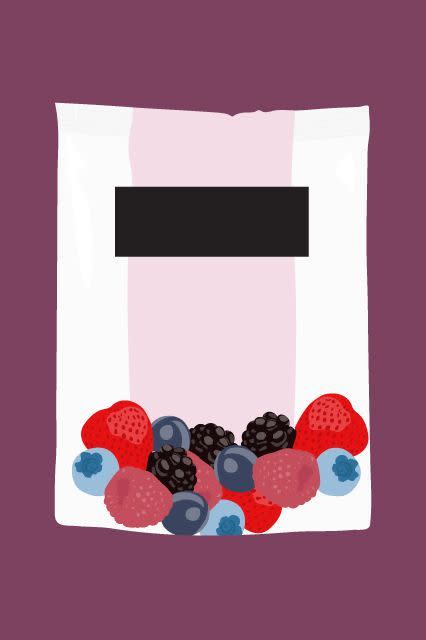
Frozen Mixed Berries
What they cost:
About $3-$4 per bag (typically 8-12 oz).
Why they’re healthy:
Berries are low in sugar, high in fiber, and one of the
best food sources of antioxidants
. But, if you can’t get to a farmer’s market, frozen fruits might be your next best bet, as
has shown that frozen produce often contains more nutrients than what’s found in the refrigerator case. This is because frozen produce is processed shortly after it’s picked, while fresh sometimes travels hundreds of miles before it ends up on a supermarket shelf — and during that time, its vitamins and antioxidants start to degrade.
How to cook with them
: Crandall suggests putting berries on top of your yogurt to add fiber and antioxidants to your meal.
Build a quick meal from this shopping list:
Thaw the berries and mix with Greek yogurt; use as a topping on oatmeal, pancakes, or granola.
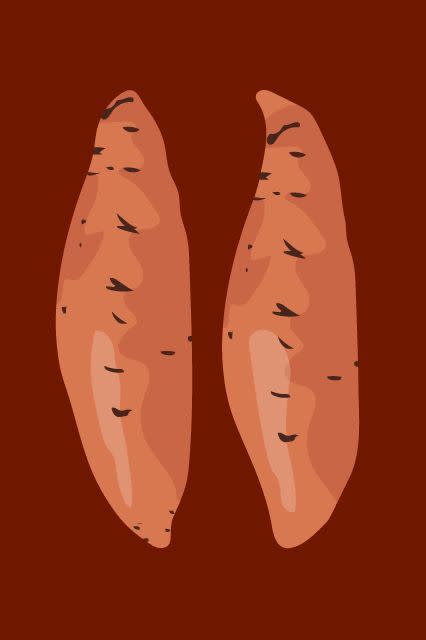
Sweet Potatoes
What they cost
: About $1.29 per lb
Why they’re healthy:
Sweet potatoes are packed with vitamin C, B6, and potassium, plus nearly 400% our RDV of vitamin A. Carotenoids, the compounds that give the potatoes their orange color,
that can help strengthen our eyesight and boost our immunity in addition to protecting against aging.
How to cook with them:
Dice up some sweet potatoes for breakfast home fries. They’re also delicious roasted (try them topped with toasted nuts or pomegranate seeds). Or, you can simply bake them (a shortcut: Pierce the skin a few times and microwave on high for 5-8 minutes) and eat with your favorite toppings.
Build a quick meal from this shopping list
: Cut sweet potatoes into small cubes and sauté with ground beef and kale. If you have them on hand, add spices like cinnamon, turmeric, coriander, and cumin to turn it into a curry. (Curry powder works great, too.)
For more info on how to eat well without spending major $$, visit Refinery29.
By: Grace McCalmon
